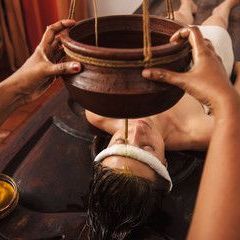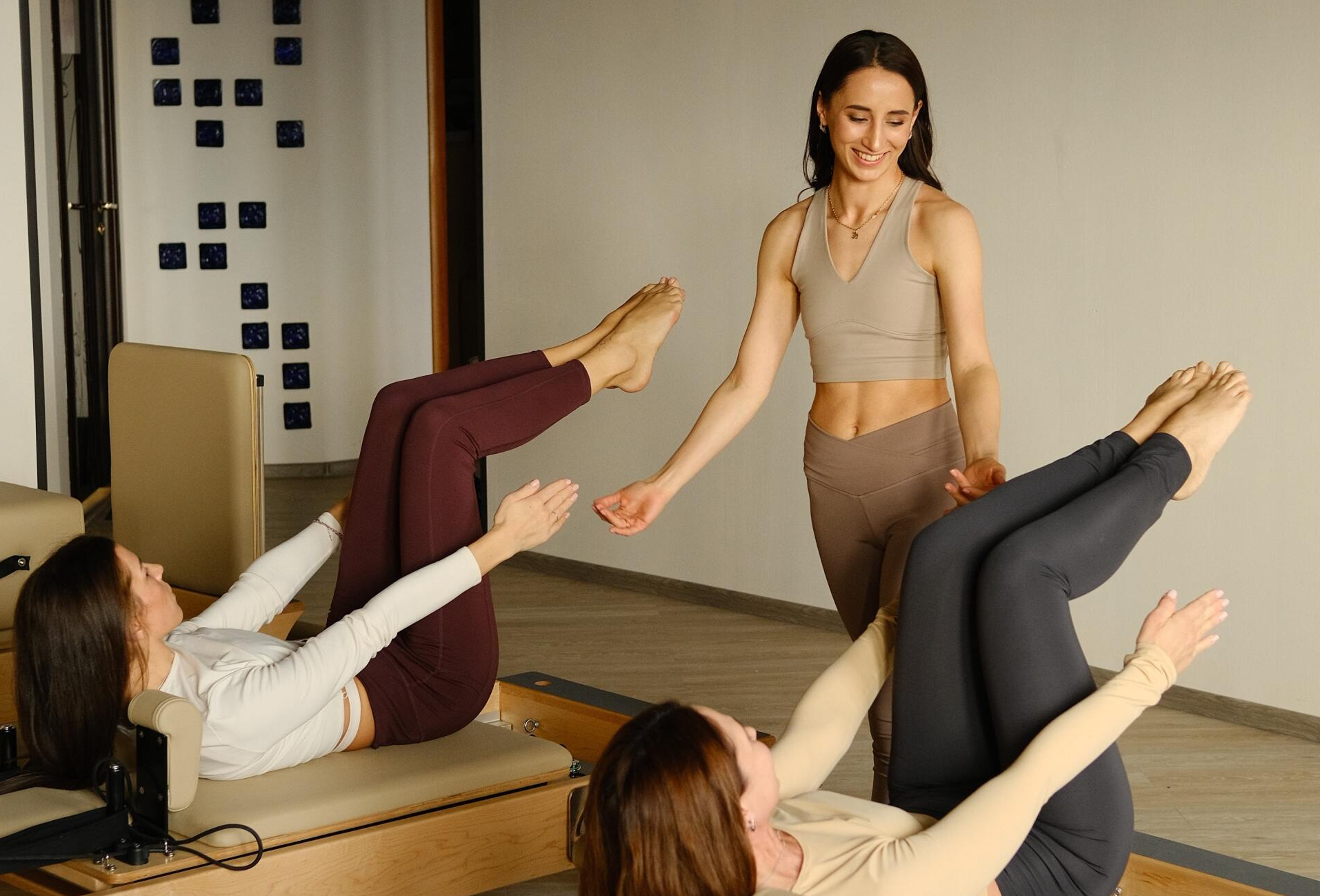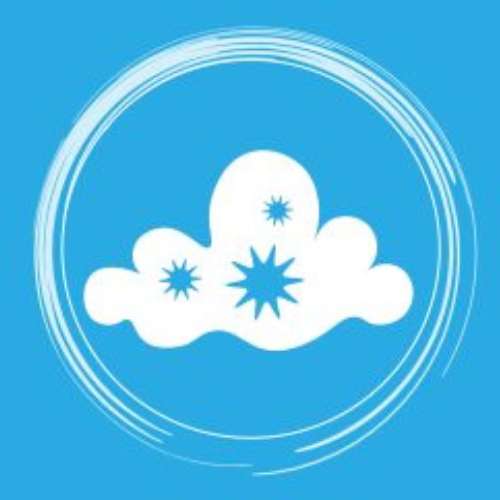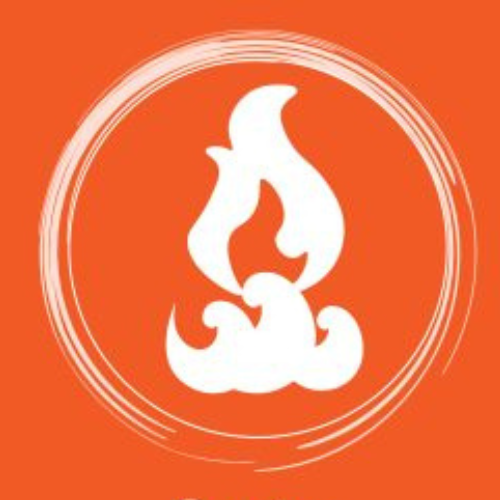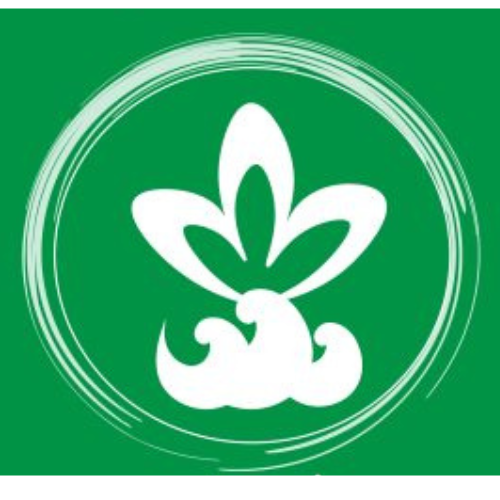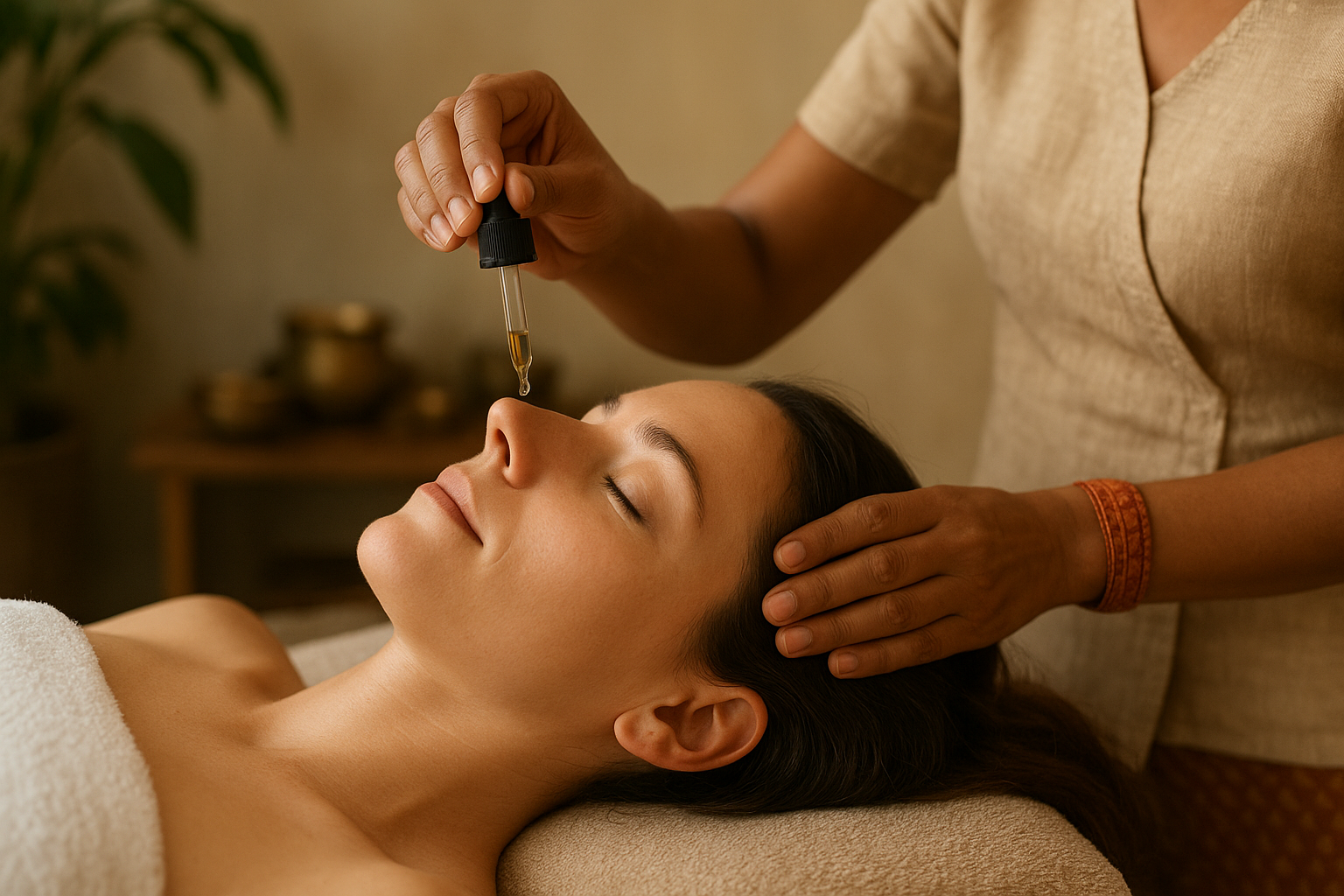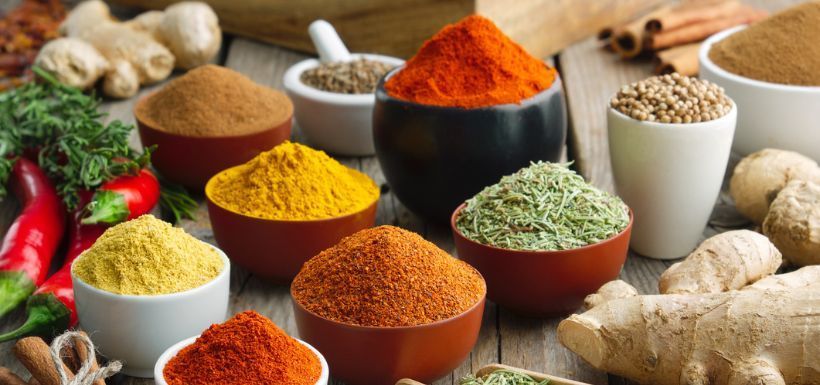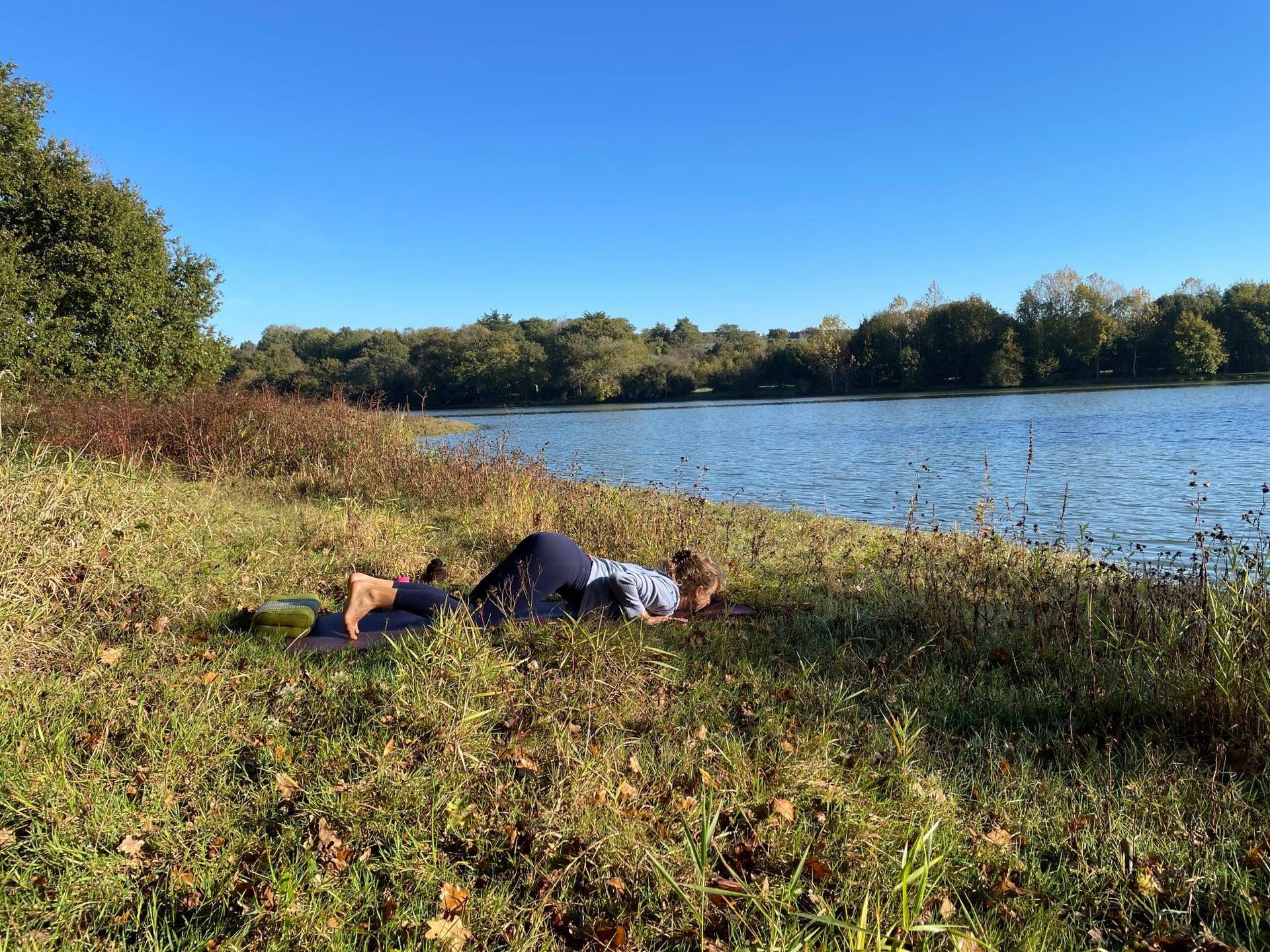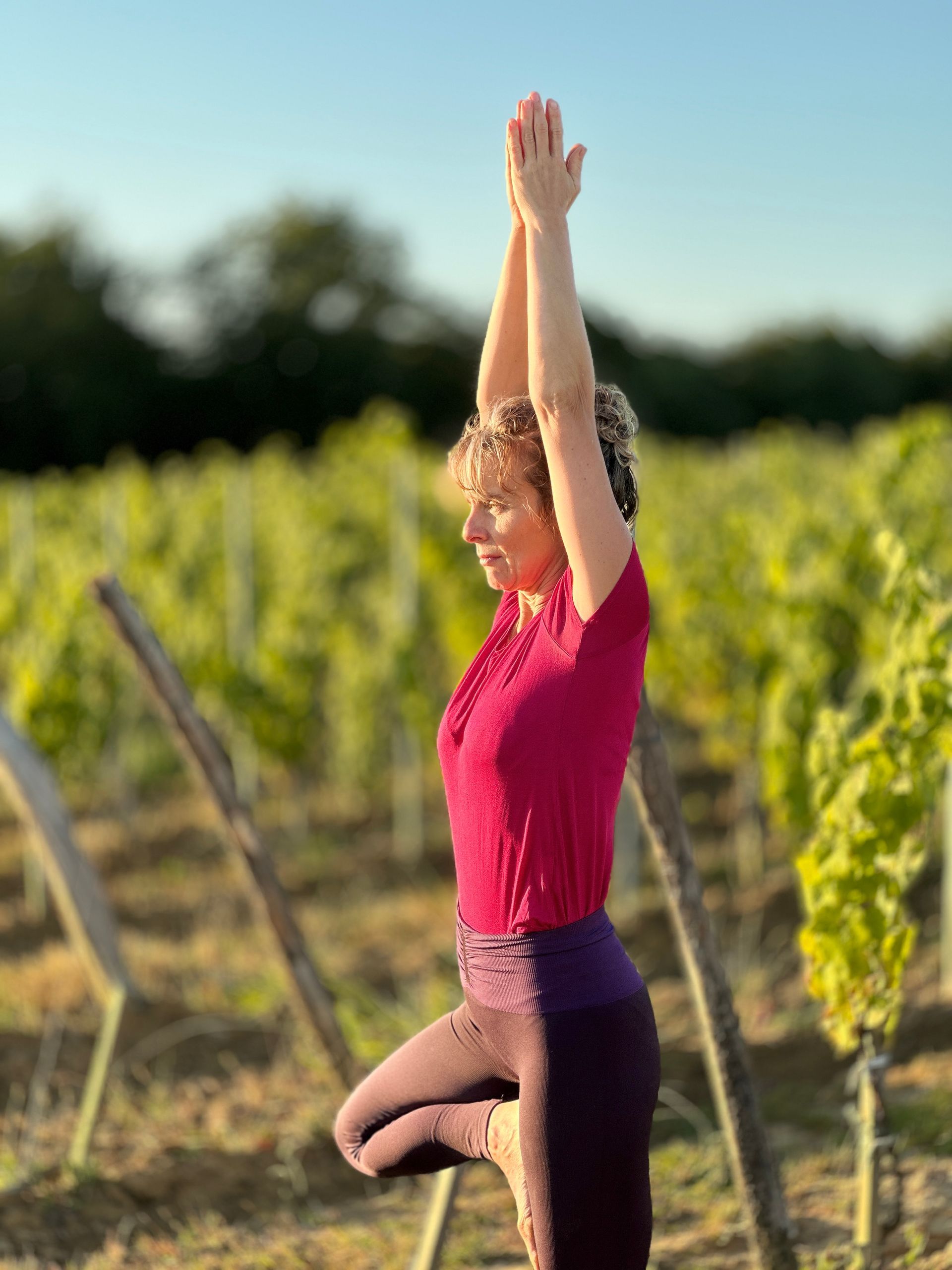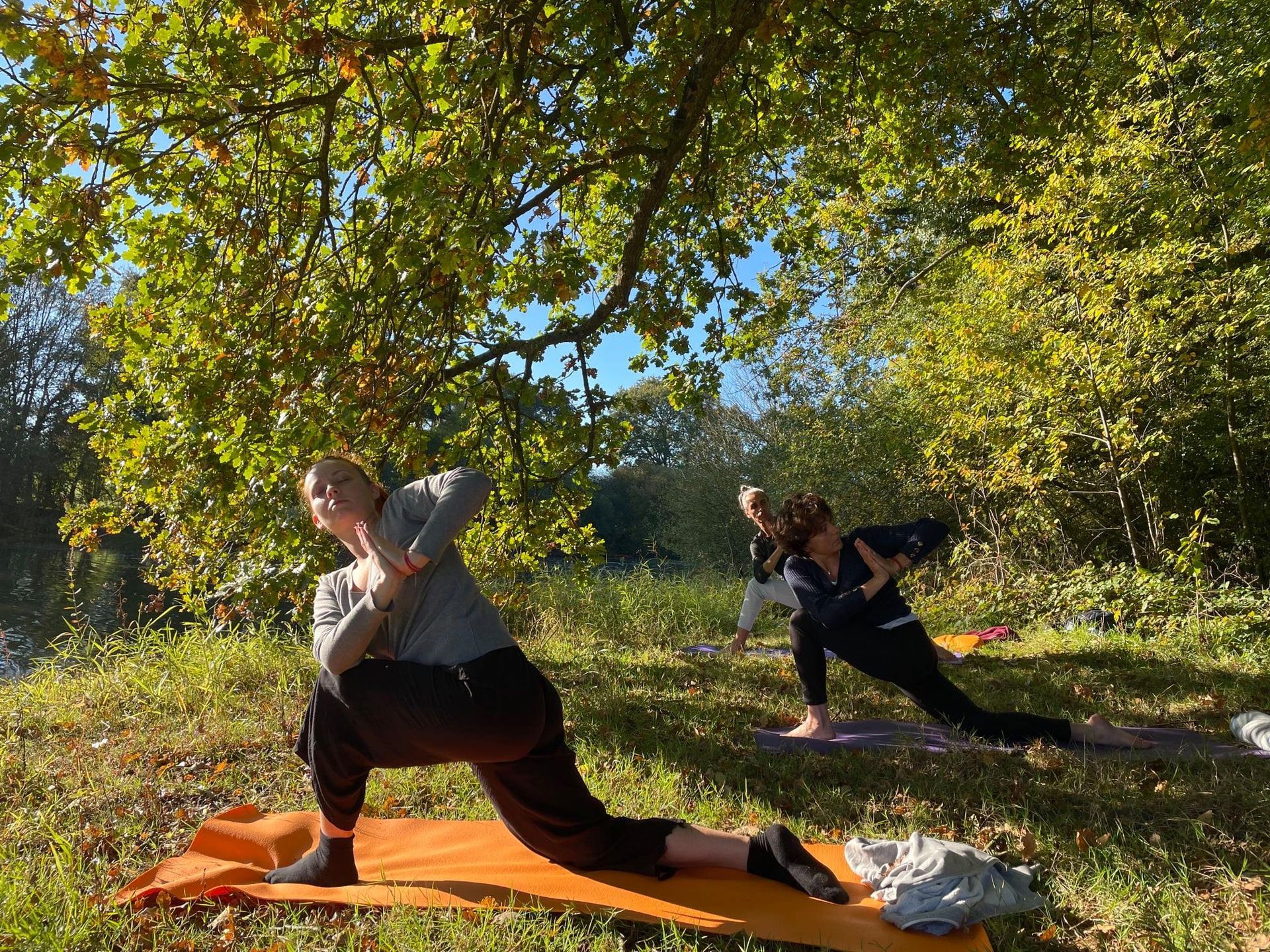Understanding Ayurveda
A philosophy of life and health.
Ayurveda, whose name means "Science of Life," is a thousand-year-old health system born in India over 3,500 years ago. Much more than a natural medicine, it is based on a holistic approach, where the balance of internal energies is the key to lasting health.
This philosophy is at the heart of each support, whether through Ayurvedic massages, personalized assessments or adapted yoga practices.
Why integrate Ayurveda into your life?
Harmony between body, mind and energy.
Understanding your body and its unique way of functioning.
Prevent imbalances and diseases before they appear
Optimize your vitality and digestive fire through an adapted diet and lifestyle
Rebalance your energy with natural treatments and gentle practices
An Ancestral Science
The History of Ayurveda.
Ayurveda has its origins in the sacred Vedic texts, notably the Charaka Samhita and the Sushruta Samhita, written between the 1st and 4th centuries CE.
🌱 Its goal? To keep human beings healthy for as long as possible, by balancing vital energies and aligning body, mind, and soul.
🧘♂️ Dhanvantari, le médecin divin
Legend has it that Ayurveda was transmitted by Dhanvantari, the god of medicine and avatar of Vishnu. He taught this science to the sages of ancient India, allowing the transmission of valuable knowledge on healing, prevention, and regeneration of the body.
Even today, Ayurveda influences modern approaches to natural and holistic medicine.
The fundamental concepts of Ayurveda.
In Sanskrit, "Ayur" means life, and "Veda" means science or knowledge. Created by the Rishis, the Sages of classical India, Ayurveda can therefore be literally translated as "Knowledge of life or longevity." The Intelligence of Life: PranaIn this context, life is studied in its perpetual dynamics, its capacity to transform and create, its intelligence. This intelligence of life is Prana, or the fundamental energy, the source of all manifestation of matter in creation. Prana is also the force at work in the healing process.
The 5 Elements (Pancha Mahabhuta)
Everything in the universe is made up of 5 fundamental elements:
- Fire
- Air
- Water
- Earth
- Ether
These elements interact within us in the form of three biological energies or humors, called Doshas.
The 3 Doshas
Each individual has a unique balance of Vata, Pitta, and Kapha, which influences their physical, mental, and emotional health. This unique balance forms our immutable constitution acquired from birth, called Prakriti.
Vata (Ether & Air)
Role: Responsible for movement (breathing, circulation, nerve impulses). Characteristics: Light, cold, dry, fast. Imbalances: Stress, anxiety, insomnia, joint pain. Balancing Vata: Warmth, stability, hot oil massages.
Pitta (Fire & Water)
Role: Governs digestion, metabolism and energy.
Characteristics: Warm, intense, intelligent, passionate.
Imbalances: Inflammation, irritability, heartburn.
Balancing Pitta: Fresh diet, avoiding excess heat, abhyangam massages, yoga, swimming...
Kapha (Water & Earth)
Role: Provides stability, lubrication and endurance. Characteristics: Calm, resilient, grounded, slow. Imbalances: Lethargy, weight gain, congestion. Balancing Kapha: Physical activity, spicy and light foods, Udvartanam treatment, swedhana.
An Ayurvedic assessment allows you to identify your constitution and restore your natural balance.
Ayurvedic care.
Ayurveda uses natural healing techniques to maintain the balance of the doshas.
Ayurvedic Massages
✔ Abhyanga: Massage with warm oils to revitalize the body
✔ Shirodhara: Applying a drizzle of oil to the forehead to calm the mind
✔ Udvartanam: Scrub to stimulate circulation and eliminate toxins
Each massage is tailored to your constitution and specific needs.
Marmatherapy
Marmatherapy is both a prevention and treatment tool in Ayurveda.
The word Marma literally means vital, tender or secret things.
The 107 Marma points are reservoirs of vital energy (Prana). They are the seats of prana and the junctions of different channels of prana movement in the body.
They are located at places where veins, arteries, nerves, muscles, bones, ligaments, joints and reflex points converge on the surface of the body. Marmatherapy aims to balance the 5 vayus: Prana, Udana, Vyana, Samana and Apana.
✔ Stimulating these points helps balance the 3 doshas and the digestive fire (Agni) and helps eliminate toxins.✔ Ideal for relieving nervous pain, emotional tension and energy blockages.
Healthy living in Ayurveda
Ayurveda considers diet as an essential pillar of health.
✔ Diet adapted to your constitution.✔ Daily routine (Dinacharya) to anchor good habits.
Ayurveda emphasizes a daily routine aligned with natural cycles to maintain health. Morning: Practices like tongue cleaning, oil application (Abhyanga), body exercise, and meditation. Midday: Consumption of the main meal when the digestive fire (Agni) is at its strongest. Evening: Light meal and calming activities to promote restful sleep. Ritucharya (Seasonal Routine) The seasons influence the Doshas. Adapting diet and activities according to the season is essential. Summer (Pitta): Fresh, hydrating foods like juicy fruits. Winter (Kapha): Warm, spicy foods to stimulate Agni. Autumn (Vata): Nourishing foods and oils to soothe Vata. ✔ Purification & Detoxification (Panchakarma) to eliminate toxins.
Ayurveda today
Recognized worldwide, Ayurveda is studied in many universities and practiced in specialized centers throughout the world.
It adapts to modern needs while preserving its ancestral principles.
More and more people are incorporating Ayurveda into their daily lives to better manage stress, improve digestion and strengthen vitality.
MY BLOG:
